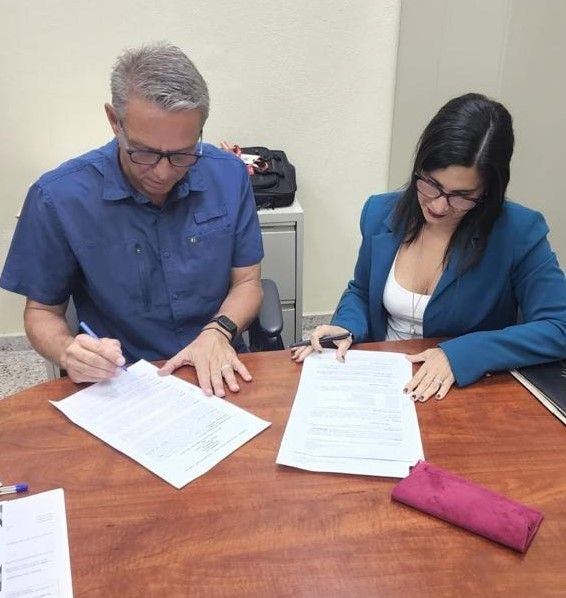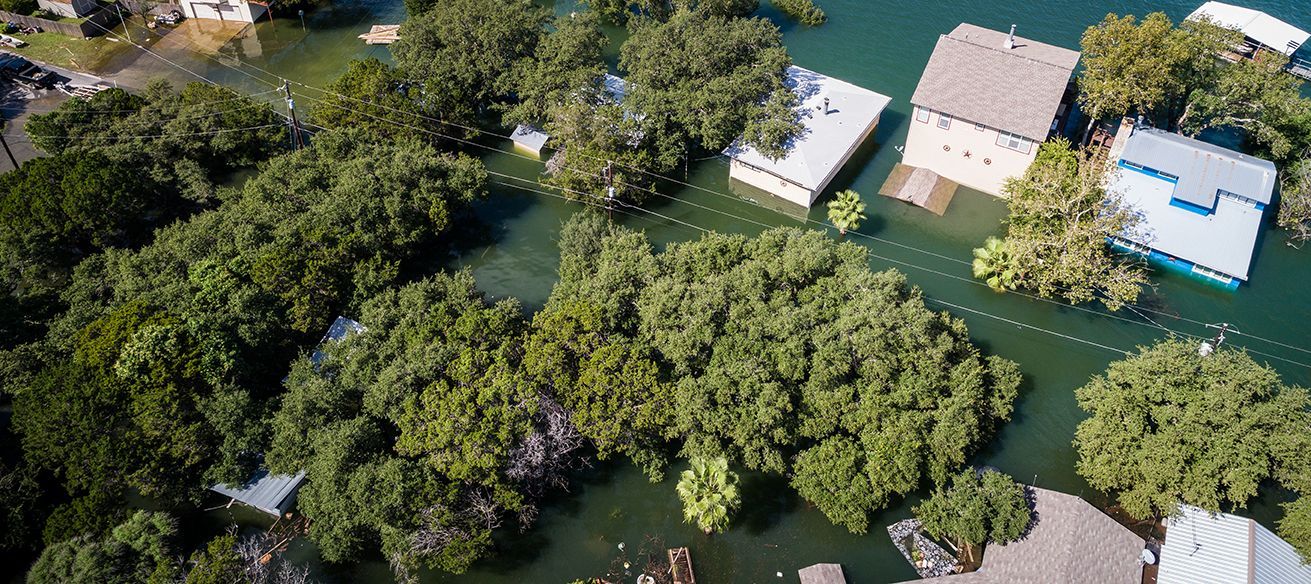Alianza entre IBTS y el Municipio de Coamo para desarrollar un Plan de Recuperación Municipal
Share this article:

IBTS –organización sin fines de lucro– trabajará para lograr la recuperación integral del Municipio junto con las comunidades
San Juan, PR., El Instituto de Tecnología y Seguridad de la Edificación (IBTS) anunció que firmó un convenio con el Municipio Autónomo de Coamo, Puerto Rico, para desarrollar su Plan de Recuperación Municipal (PRM).
El Programa MRP, financiado por las Subvenciones en Bloque para el Desarrollo Comunitario para la Recuperación de Desastres (CDBG-DR) del Departamento de Vivienda de los Estados Unidos (HUD) y administrado por el Departamento de Vivienda de Puerto Rico (PRDOH), asigna fondos a los municipios de Puerto Rico para llevar a cabo actividades de planificación que aborden las condiciones creadas o exacerbadas por los devastadores huracanes de 2017. Los Planes de Recuperación Municipal resultantes guiarán el desarrollo de comunidades más fuertes, seguras y resilientes.
Junto con sus socios Estudios Técnicos Inc. y ATCS, IBTS brindará un enfoque multidisciplinario para desarrollar el MRP de Coamo, asegurando que los miembros de la comunidad y las partes interesadas tengan amplias oportunidades de participar en el proceso.
"Con el Programa MRP, Coamo se beneficiará de una hoja de ruta que guiará sus esfuerzos mientras continúan fortaleciendo la economía y la sostenibilidad de su municipio. La participación de la comunidad es un componente crítico de un MRP exitoso. Es de los residentes de Coamo que aprenderemos primero cómo fue antes, durante y después de los huracanes y qué acciones y proyectos se necesitan para recuperar y construir resiliencia”, dijo Agnes Crespo Quintana, directora de la oficina del IBTS en Puerto Rico. . “Con IBTS, ATCS y ETI, Coamo contará con un equipo de expertos en planificación municipal, recuperación comunitaria a largo plazo y programas de subvenciones federales, como CDBG-DR. El equipo de IBTS trabajará de la mano con Coamo, sus residentes, empresas, organizaciones comunitarias, municipios vecinos y el gobierno central de Puerto Rico para garantizar una recuperación resiliente para Coamo y toda su gente”, dijo Crespo.
Los trabajos del MRP de Coamo comenzaron en mayo de 2022 y continuarán durante seis meses. Para obtener más información sobre IBTS y el programa MRP, visite https://www.ibts.org/mrp/
Sobre el Municipio de Coamo
Fundado en 1579, Coamo es uno de los municipios más antiguos de Puerto Rico. El huracán María causó daños importantes al Municipio, incluidos numerosos deslizamientos de tierra y la destrucción de más de 2.000 viviendas y muchos edificios que son parte integral de su economía. El programa MRP ayudará a Coamo a continuar su trabajo fortaleciendo su desarrollo económico y su resiliencia ante futuros desastres.
Acerca de IBTS
IBTS es una organización nacional sin fines de lucro y asesor y socio confiable de los gobiernos locales, estatales y federales. IBTS proporciona experiencia en códigos de construcción; gestión de subvenciones federales; experiencia en planificación, mitigación y recuperación de desastres; soluciones de gobiernos locales; garantía de calidad solar; y servicios de resiliencia. Con una larga trayectoria en la prestación de servicios de energía solar en Puerto Rico, IBTS estableció su Oficina permanente en Puerto Rico luego de los huracanes de 2017 para ayudar con la recuperación de la Isla. El trabajo de IBTS está guiado por una Junta Directiva con representantes del Consejo de Gobiernos Estatales (CSG), la Asociación Internacional de Administración de Ciudades/Condados (ICMA), la Asociación Nacional de Condados (NACo), la Asociación Nacional de Gobernadores y la Asamblea Nacional. Liga de Ciudades (NLC).
Acerca de ATCS
ATCS ofrece servicios multidisciplinarios de consultoría de ingeniería, especializándose en soluciones de servicio completo en los campos de transporte, ingeniería y planificación del tráfico, medio ambiente, geoespacial, sitios civiles, ferrocarriles y tránsito, edificios e instalaciones, aire y ruido, y servicios de gestión de emergencias. ATCS tiene nueve oficinas en Virginia, Pensilvania, Maryland y Carolina del Norte.
Acerca de Estudios Técnicos, Inc., (ETI)
Estudios Técnicos, Inc., (ETI) es la firma líder en consultoría de planificación, investigación, estrategia de mercado, análisis social y asesoría económica en Puerto Rico. Con más de 35 años de operación en la Isla, las disciplinas del personal de ETI incluyen economía, planificación, derecho, estadística, gestión, finanzas, marketing, comunicaciones, análisis de datos, programación y geografía, entre otras.
Pie de imagen: El alcalde de Coamo, Juan Carlos García Padilla, firma un contrato con Agnes Crespo Quintana, Esq., Directora Regional de Puerto Rico del Instituto de Tecnología de la Edificación (IBTS), para el Plan de Recuperación Municipal.





